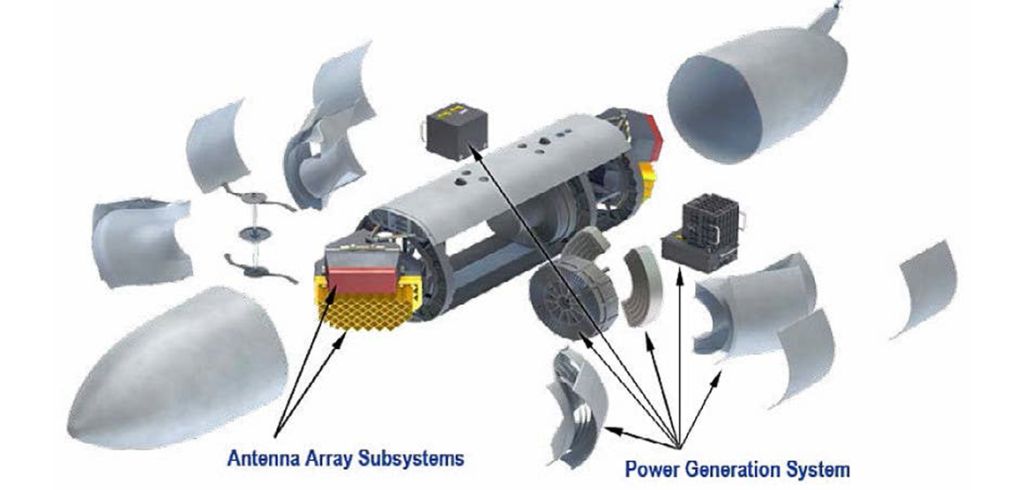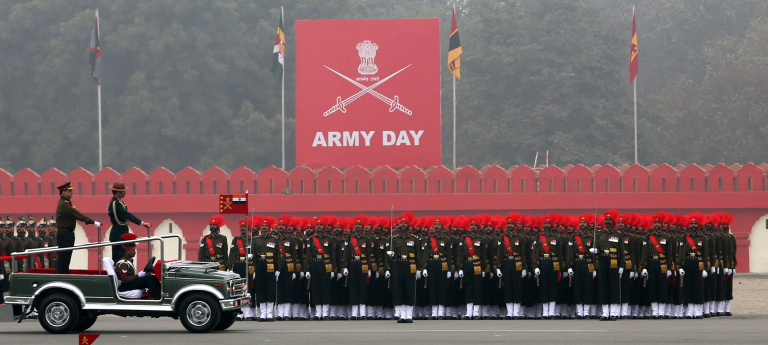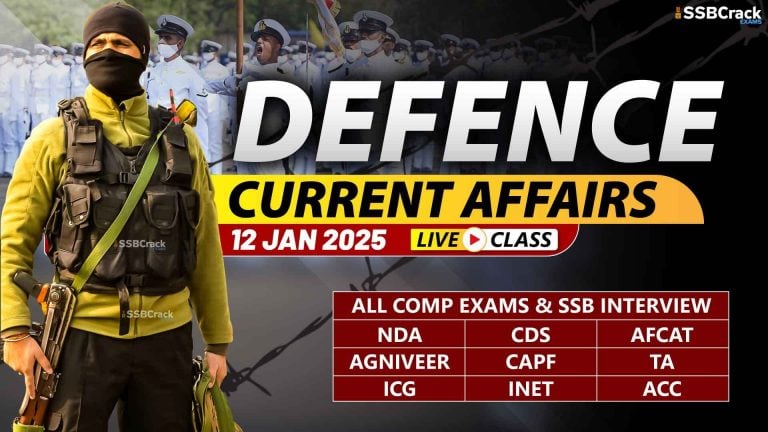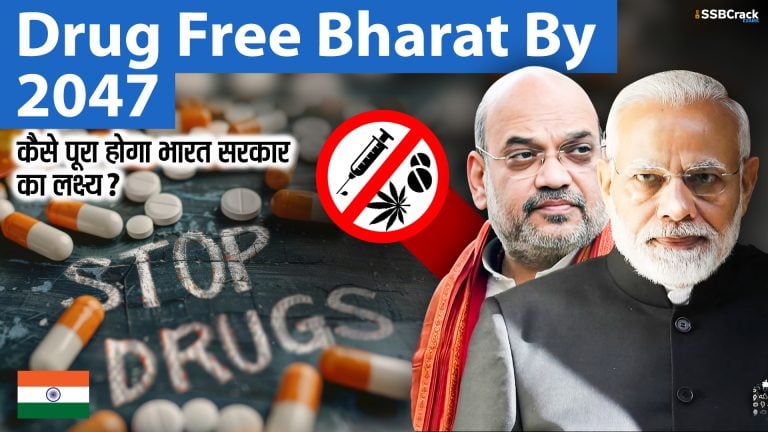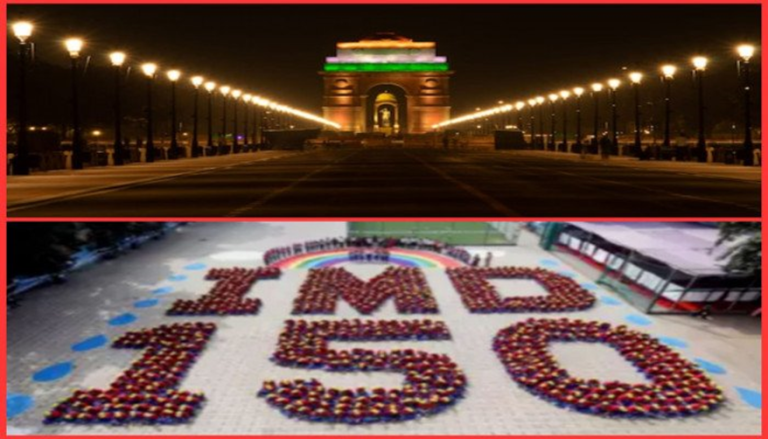The Indian Air Force is working on a project to develop an indigenous jammer pod for the homegrown LCA Mark 1A fighter aircraft, IAF officials said on.
Jammer Pod For LCA Mk 1A
The Indian Air Force is working on a project to develop an indigenous jammer pod for the homegrown LCA Mark 1A fighter aircraft, IAF officials said on. “IAF’s Base Repair Depots have been tasked to indigenise many of the equipment required on its fighter and transport aircraft and other weapon systems and cut down imports,” officials added.
“We have already manufactured a quantity of 10 lakh and handed it over to the Indian Army successfully. This is a very safe prototype and advanced prototype of a hand grenade. It has added safety features as well and its efficacies are much more than the erstwhile, HE 36 hand grenade.
Jamming Pod
A Jamming Pod is a piece of equipment that is fitted on to the aircraft’s hard point for electronic warfare/Jamming/Deception. The way Jamming Pods work is by intercepting and processing Radio Waves that are targeting the aircraft and/or the surrounding Aerospace, then by using very high effective radiated power (ERP) to disrupt the incoming Radio waves towards the aircraft.
Self Protection Jamming Pod
•Autonomous threat handling based on predefined large repertoire of jamming techniques
•Full protection against all radar guided threats
•Maximization of jamming resources in time, frequency and direction
•Automatic operation – minimal pilot workload
•Easily configured for different aircraft
•Simple installation and maintenance – low life cycle cost
•User-friendly programming and mission debriefing capabilities
•High RF sensitivity and high ERP
LCA MK1A TEJAS
The HAL Tejas is an Indian single engine, delta wing, light multirole fighter designed by the Aeronautical Development Agency in collaboration with Aircraft Research and Design Centre of HAL for the IAF and Indian Navy.
Engine types: Turbofan, General Electric F404
Top speed: 2,205 km/h
Unit cost: 31,000,000–31,090,000 USD (2009)
Range: 3,000 km
First flight: 4 January 2001
Introduced: 2010
Weight: 6,500 kg



